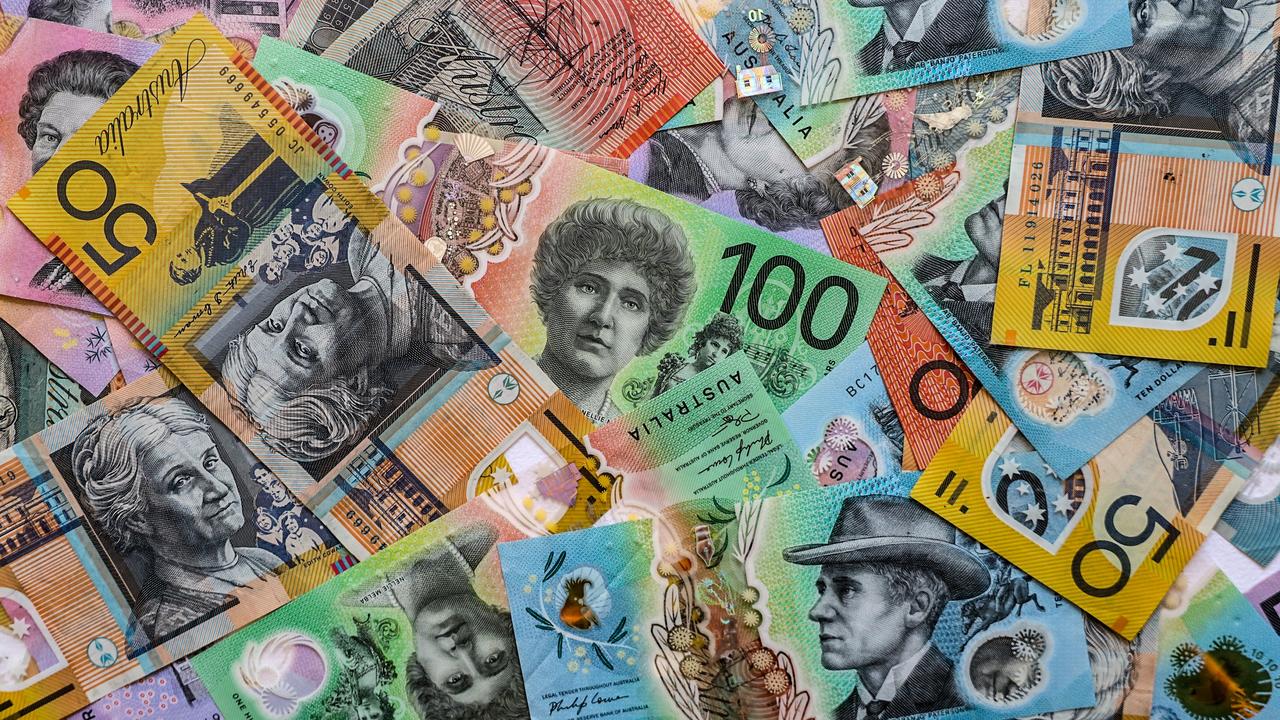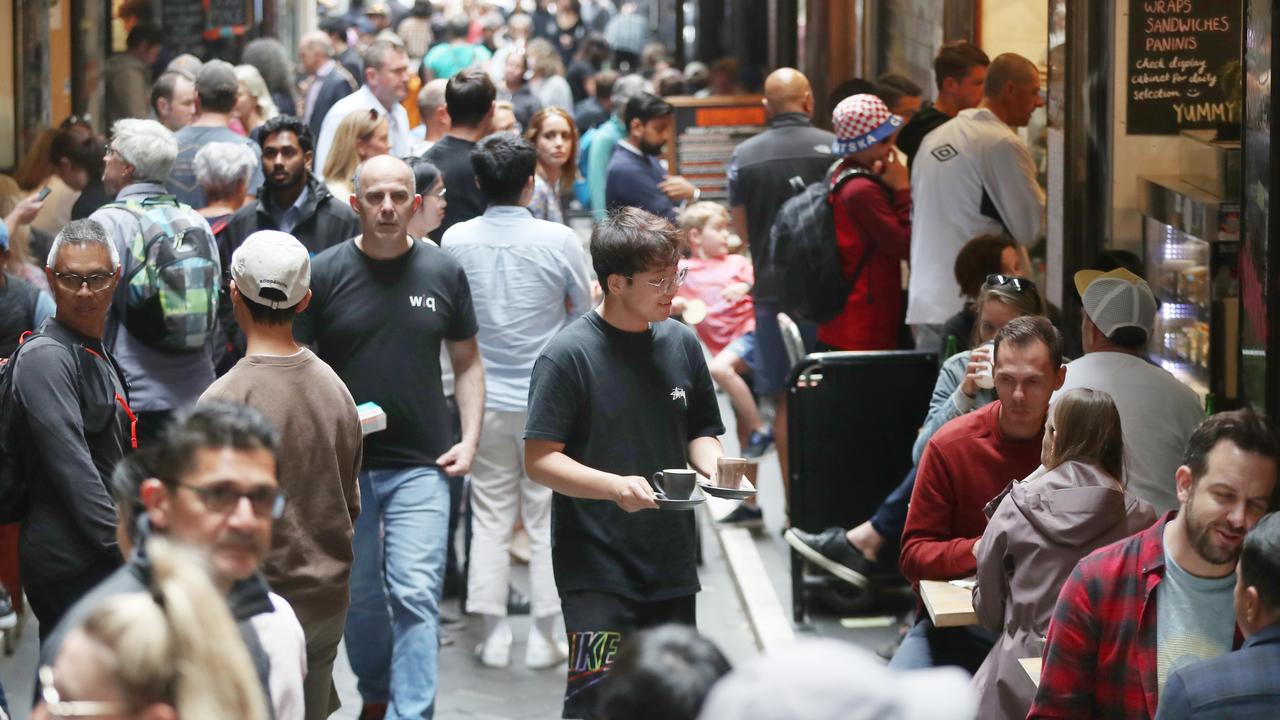Capital city house prices fall 1.1 per cent in May
STAMP duty has been slashed for first homebuyers as house prices in Australia’s capital cities fell 1.1 per cent in May.
FIRST homebuyers in NSW will save more than $34,000 under a suite of housing affordability measures, with stamp duty to be axed for existing and new homes valued up to $650,000.
Stamp duty on homes up to $800,000 will be discounted. Currently the exemption is only available for purchases on new properties.
Other changes include a massive hike in fees and taxes on foreign property investors that will raise billions of dollars to go towards funding the package.
The Foreign Investor Surcharge Duty will be doubled from 4 per cent to 8 per cent from July 1, while the annual land tax surcharge on foreign buyers will rise from 0.75 per cent to two per cent a year.
The measures are expected to raise $2 billion over the next four years. The package will be taken to cabinet on Thursday. NSW Premier Gladys Berejiklian vowed to make housing affordability one of her key priorities when she came in as premier in January.
“I want to ensure that owning a home is not out of reach for people in NSW,” Ms Berejiklian said. “These measures focus on supporting first homebuyers with new and better targeted grants and concessions, turbocharging housing supply to put downward pressure on prices and delivering more infrastructure to support the faster construction of new homes.
“This is a complex challenge and there is no single or overnight solution. I am confident these measures will make a difference and allow us to meet the housing challenge for our growing state.”
Other changes include abolishing the stamp duty charged on lenders’ mortgage insurance, which is often required by banks to lend to first homebuyers with limited deposits. The change will save around $2900 on an $800,000 property.
There will also be a range of changes to first-home buyer grants.
It comes as new data showed house prices in Australia’s capital cities fell 1.1 per cent in May, the latest sign Australia’s booming property market has finally peaked.
The fall was led by declines in Sydney and Melbourne of 1.3 per cent and 1.7 per cent respectively, according to CoreLogic’s latest home value index.
Brisbane and Adelaide notched up slight gains of 0.3 per cent and 0.8 per cent, while Perth and Canberra fell 0.4 per cent and 0.1 per cent. The biggest falls were in Hobart and Darwin, which were down 4.8 per cent and 3.5 per cent on the previous month.
Taken over the quarter, capital city dwelling values were largely flat at 0.4 per cent growth. Four of the eight capitals recorded falls over the last three months, with Sydney values unchanged and Melbourne down 0.7 per cent.
“The jury is still out on whether the housing market has peaked, however if it hasn’t, a peak could be just around the corner,” said CoreLogic head of research Tim Lawless.
“Based on CoreLogic data, as well as other indicators, it’s fair to say that growth conditions appear to be slowing in Sydney and Melbourne while the performance across other capital city regions remains mixed. The housing market remains as diverse as ever and the flow of data over coming months will be critical to get a better understanding of the trends.”
Core Logic May Aust home prices -1.1%mom/8.3%yoy. Syd -1.3%, Mel -1.7%. May is weak seasonally so exaggerates but the boom is likely over..
— Shane Oliver (@ShaneOliverAMP) June 1, 2017
It comes after largely flat April results. “The May home value results should be viewed in the context of demonstrated seasonality — values have fallen during May in four of the past five years,” said Mr Lawless.
“Reading through the seasonality indicates that value growth in the market has lost momentum, particularly in Sydney and Melbourne where affordability constraints are more evident and investors have comprised a larger proportion of housing demand.”
Mr Lawless said recent crackdowns by regulators on interest-only lending, announced at the end of March, were “adding to the complexity in reading the current market”. “Mortgage rates are continuing to trend higher, particularly for investors,” he said.
“Another factor that is likely contributing to slower growth conditions is a dent in consumer confidence. Consumer sentiment towards housing, as measured by Westpac and the Melbourne Institute, has shown a marked downturn in May.
“In particular, the Westpac ‘time to buy a dwelling index’, fell 6.5 per cent over the month. According to Westpac, ‘consumer sentiment towards housing shows an increasingly negative view’.”
The major banks have been jacking up mortgage interest rates despite the Reserve Bank keeping the official cash rate on hold at 1.5 per cent since last August.
According to CoreLogic, discounted variable mortgage rates for investment purposes have risen by 25 basis points on average through to the end of April 2017, and discounted variable rates for owner occupiers are 10 basis points higher.
The research firm says even though mortgage rates remain low, higher repayment costs are likely to have a dampening effect on housing demand against a backdrop of record high household debt and record lows in wages growth.
“Mortgage rates could edge higher over coming months as lenders accommodate recent macroprudential announcements within their credit policies,” Mr Lawless said. “The funding levy announced in this year’s Federal Budget could also see higher mortgage rates as lenders potentially pass on some of the associated costs.”
— with AAP




